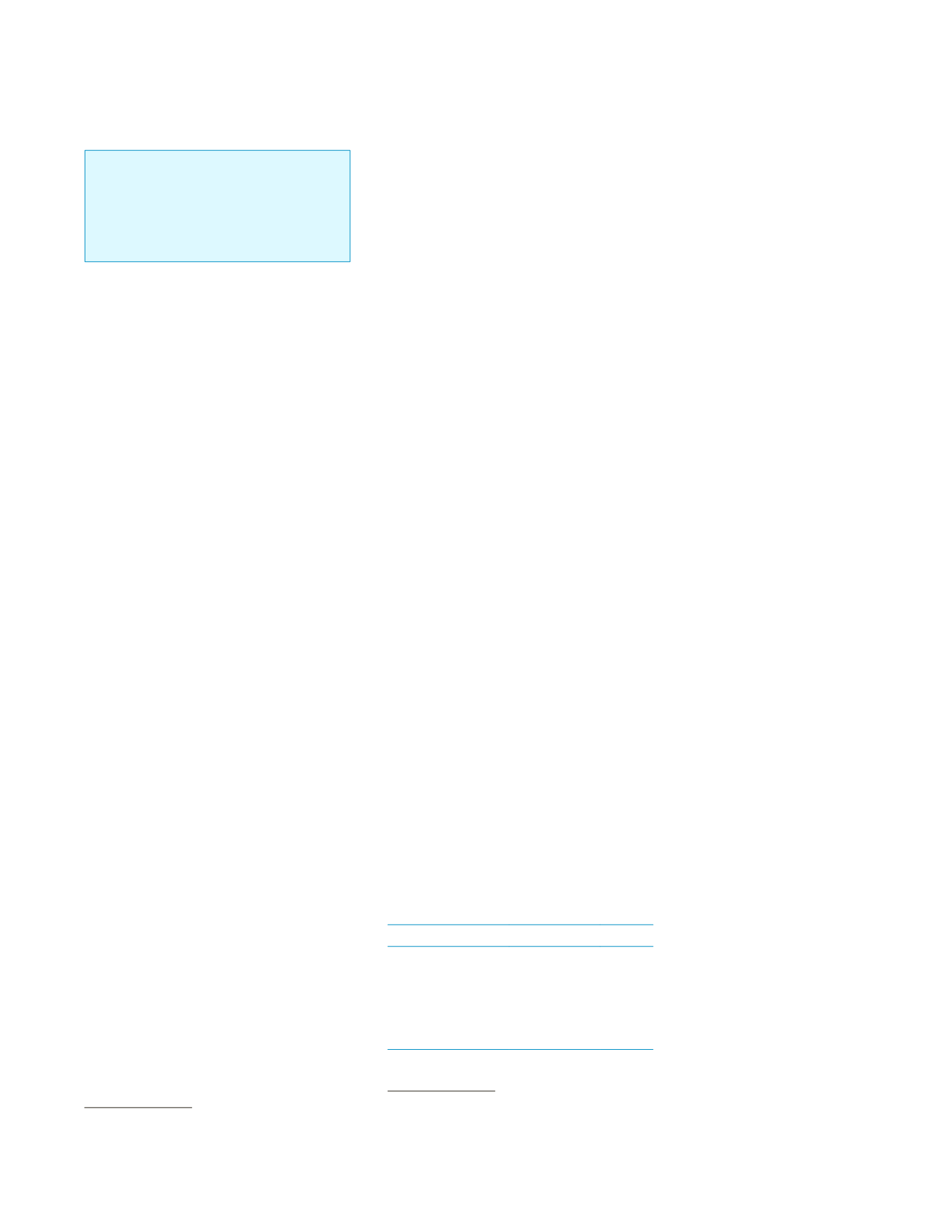
Overview: Taking Stock
11
Credit Rating Information Services
of India Limited (CRISIL) in its Budget
Analysis
15
notes:
Direct benefit transfer, or DBT, will likely
prove to be a game changer in food sub-
sidy….DBT will help bring millions of
poor households that currently do not have
access to PDS into the food subsidy net. At
fiscal 2016 prices, the cash transfers under
the DBT will amount to almost
`
5,800 per
year for a family of five, which will implicitly
raise their disposable income. At first glance,
`
5,800 may seem small, but it is higher
than the reported total annual expenditure
(food+non-food) of the poorest 5 per cent of
the rural households and more than half the
annual expenditure of the poorest 10 per cent
of urban households. Given the highmarginal
propensity to consume at lower income levels,
such a significant unconditional cash transfer
will undoubtedly raise discretionary spend-
ing of the recipient households, providing a
consumption boost the economy.
However, the JAM trinity by itself can-
not lead to sustainable livelihoods as it just
provides a pipeline to specific individuals
for transfer of payments. Improvements in
the economic situation of the account hold-
ers depend on transfer of welfare funding
to the people. Welfare payments can only
go some distance in sustaining livelihoods.
The people may require a more sustainable
footing of either employment or enterprise.
Taxes and debt
The government policies and programmes
result in a favourable environment for live-
lihoods to survive and prosper. The policies
favour those who are vulnerable, with the
support of those who can afford to help
the government to fulfil its responsibility.
The taxation policies pursued over the last
few years show distinct tilt towards indirect
taxes that are regressive and moving away
from direct taxes. As part of the reform
measures, the tax regime should also be
reviewed in its entirety. The tax GDP ratio
should increase with a greater direct tax
collection effort so that vulnerable people
do not have to pay disproportionately out
of meagre incomes towards taxes. The
public debt situation is said to be under
control with the fiscal responsibility cast of
governments. Rough estimates show that
the average debt per capita in the country in
March 2015 was about
`
47,800 (Table 1.7).
Seen against the per capita net national
income of
`
74,104, the debt burden
amounts to eight months of income. The
Situation Assessment Survey
16
brought out
that a farmer on an average has a surplus
of (income above expenditure)
`
2,400 a
year. The public debt burden in an average
farmer’s case works out to be 20 years of
the surplus. The fact that public debt has to
repaid by the people out of their earnings
should influence the design and implemen-
tation of policies and programmes.
The past year had not been one of per-
formance in the field. But it was rich with
new programmes and policies and fine-
tuning of existing programmes. The year
seems to have been used up in carrying
out reality checks of what is needed to be
done in the different sectors. Some actions
such as rolling out the Jan Dhan Yojana
15
CRISIL Budget Analysis, CRISIL Research,
February 2015.
16
Key Indicators of Situation of Agricultural
Households in India, NSSO 70th Round, MoSPI,
December 2014.
financial transfers to bank accounts after
identification through Aadhar numbers can
be implemented with immeasurable benefits
to help the lives of the poor.
Source: Economic Survey 2014–15.
Table 1.7:
Debt burden on citizens
Aspect
2015
Total debt (
`
billion)
57,945.33
Population (billion)
1.21
Per capita debt (
`
)
47,889
Per capita net national
income (NNI) (
`
)
74,104
Source:
Authors.


